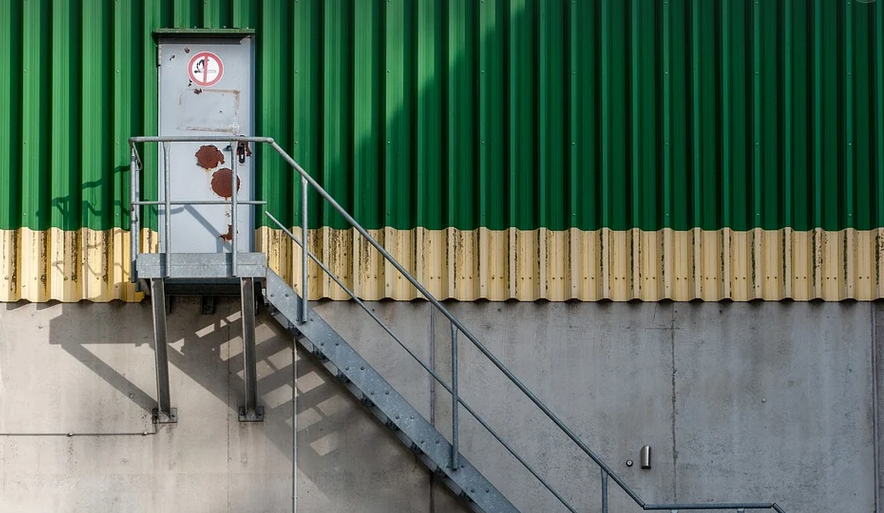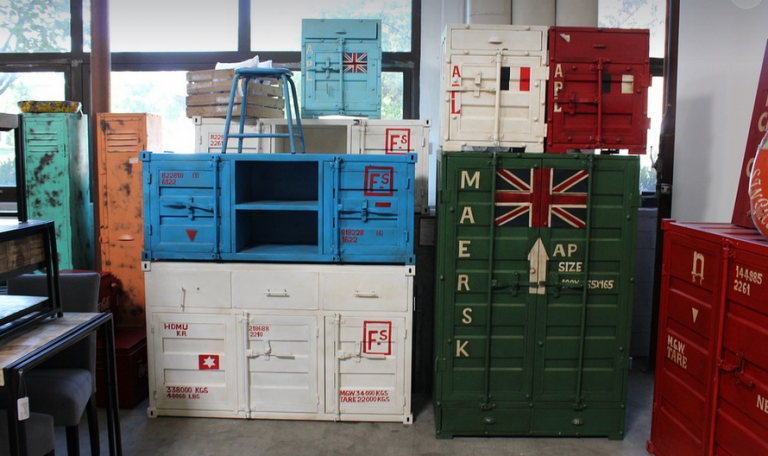
How We Got Here: A Look at America’s Waste Problem
America, like many nations around the globe, faces a growing challenge in the realm of waste management. From overflowing landfills to the ever-increasing quantities of plastic ending up in our oceans, the issue is undeniably pressing. While technological advancements have helped us glean efficiencies in certain areas, the fundamental nature of how we consume and dispose of items continues to pose a significant hurdle on the path towards sustainability.
The sheer volume of waste generated annually is staggering. We’re talking about millions upon millions of tons of everything from food scraps and recyclable materials to plastic packaging and electronic components. This surge in waste has overwhelmed our traditional system for sorting and processing, leading to a complex web of environmental challenges.
Adding fuel to the fire are the ever-present concerns surrounding resource depletion. As we rely more heavily on disposable products and fast fashion trends, the demand for raw materials continues to skyrocket, leaving less behind for future generations. The consequences extend beyond just our landfills; they ripple across ecosystems and contribute to climate change.
But it’s crucial to remember that this isn’t a story of despair. We’re at a crossroads – a pivotal point where collective action can steer us towards a more sustainable path. Federal initiatives, driven by a shared understanding of the urgency for change, can be the catalyst for real progress.
A Look at the Federal Initiatives and Their Impact
In recent years, the U.S. government has taken several significant steps to address our nation’s waste problem. These initiatives span a range of approaches, from fostering stronger recycling practices to encouraging sustainable consumption habits. Each step contributes toward a greater objective: reducing dependence on landfills and embracing innovative solutions for a cleaner, healthier future.
One notable example is the 2018 Resource Conservation and Recovery Act (RCRA) Amendments. This legislation served as a crucial foundation for modernizing and streamlining the nation’s waste management system. The amendments focused on improving recycling rates, promoting resource recovery, and enhancing the way hazardous materials are handled.
Another impactful initiative is the Environmental Protection Agency’s (EPA)’s comprehensive approach to tackling pollution. The EPA has made significant strides in areas like reducing air and water pollution, promoting energy efficiency, and encouraging responsible waste management practices. They’ve introduced various tools like the “SmartWaste” program, which aims to streamline waste collection and reduce recycling costs while ensuring a higher rate of successful material recovery.
The federal government also plays a crucial role in setting ambitious standards for sustainable products and packaging materials. These regulations aim to nudge businesses towards greener options and encourage consumers to demand more eco-friendly choices when purchasing goods.
A Multifaceted Approach: Why It Matters
Addressing the nation’s waste problem requires a multilayered approach—one that focuses on both prevention and management. The federal government, through its various initiatives, plays a vital role in creating a system that fosters responsibility and encourages positive change across industries and communities.
On a personal level, understanding these initiatives helps us be more informed about our choices. It empowers us to make conscious decisions about what we consume, how we dispose of it, and ultimately, the impact we leave behind on the planet.
A crucial aspect of successful waste management is fostering community engagement. Public education programs play a significant role in shaping attitudes towards waste reduction and promoting responsible disposal. This can range from educational initiatives at schools to community outreach projects that empower residents with the tools and knowledge needed for effective recycling.
Furthermore, federal support for research and development plays a crucial role in finding innovative solutions to our nation’s waste challenges. We need to explore new technologies and techniques to improve recycling rates, reduce material consumption, and create more sustainable practices across industries.
The future of waste management hinges on collaboration – between the government, industry leaders, non-profit organizations, and individual citizens. By working together, we can build a system that minimizes waste and contributes to a cleaner, healthier and more sustainable future for generations to come.
The Road Ahead: Embracing Change for a Sustainable Future
The journey towards a truly sustainable future requires continuous effort and adaptation. The federal government, through its ongoing efforts in the realm of waste management, sets the stage for a more responsible and sustainable path. It’s about empowering individuals to be more environmentally conscious and enacting policies that encourage innovation and progress in this crucial area.
As we move forward, it is essential to remember that our actions today shape tomorrow’s world. By embracing change, fostering collaboration, and staying informed about new developments, we can pave the way for a future where waste management becomes less of a challenge and more of an opportunity – an opportunity to build a world that thrives on resourcefulness and embraces sustainability.



